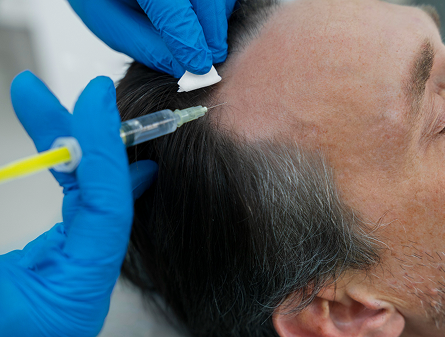Platelet-rich plasma (PRP) treatment isolates the PRP in the patient’s blood and then injects it back into the scalp. This promotes growth and healing in the affected area. Low-level laser therapy (LLLT) exposes the skin tissue to wavelengths of light in the “near-infrared” and red side of the visible light spectrum.
This stimulates the stem cells in your scalp that cause hair to grow. LLLT users tend not to report side effects or if they do they are mild. PRP treatment can have some mild side effects including redness, tenderness and swelling.
LLLT can be performed at home or in a clinic but PRP treatment has to be performed by a trained medical professional in a clinic. Explore the comparison table below to see how these two treatments stack up.
- PRP, as opposed to Laser Therapy, is an injection therapy performed in a clinic using the patient’s platelet-rich plasma to stimulate natural hair growth.
- PRP is appropriate for those seeking a customised, regenerative treatment with minimal medical interference.
- It’s ideal for those looking for individualised care regimens and natural stimulation of the hair follicles.
- Laser Therapy is different in that it is not invasive. It stimulates scalp circulation and cellular activity through the use of low-level light.
- Laser Therapy is simple to use at home or in the clinic and appeals to users looking for a painless, regular treatment without injections.
- It’s suitable for those who like a mild, steady treatment that can be incorporated into daily activities.
- PRP is significantly more expensive than Laser Therapy in Australia due to clinical fees, use of sterile equipment, and specialist oversight.
- Each session requires blood extraction, processing, and injections.
- Multiple sessions are needed initially, with ongoing maintenance every 6–12 months, making it a higher-cost solution better suited to users prepared to invest in medically led care.
- Laser Therapy is generally more affordable than PRP in the long term.
- Although the upfront cost of a home-use laser cap or band may be high, the device is reusable for years.
- Without clinic fees or consumables, it becomes cost-effective over time, especially for users wanting a lower-maintenance financial commitment.
- PRP treatments last between 30 and 60 minutes per session and are typically spaced one month apart over a 3–6 month course, followed by semi-annual maintenance.
- Although sessions are infrequent compared to Laser Therapy, they require preparation, recovery, and booking logistics, making PRP more structured and less flexible for daily routines.
- Laser Therapy sessions are shorter and more frequent than PRP. They take only 15–30 minutes and are recommended three to five times per week.
- There’s no recovery time involved, and treatments can be performed at home during other activities.
- It suits users who prefer smaller, consistent time commitments over occasional lengthy clinical appointments.
- PRP involves drawing the patient’s blood, spinning it in a centrifuge to isolate the plasma rich in platelets, and injecting it into areas of the scalp experiencing thinning.
- Laser Therapy is invasive and relies on the body’s healing processes to stimulate follicular regrowth.
- It targets hair loss using biological growth factors applied directly to problem areas.
- Unlike PRP, Laser Therapy is completely non-invasive and does not involve bodily fluids or injections.
- Red or near-infrared light is used to stimulate follicle activity and increase blood flow in the scalp.
- This process promotes cellular energy in hair follicles and is suited to users who prefer a needle-free, external approach.
- PRP is generally safe when done by qualified personnel in medical offices.
- After treatment, temporary redness, swelling, and tenderness may occur.
- As the plasma is derived from the patient, there is hardly any possibility of allergic reactions, but PRP is riskier than Laser Therapy since it is injected.
- Laser Therapy is less dangerous to most patients, particularly those who are sensitive to invasive treatments.
- It has a low risk of side effects, with no pain, downtime, or aftercare involved.
- It’s a reliable option for individuals who require a gentle, repeatable, low-risk method of encouraging scalp and follicle health.
- PRP is less convenient than Laser Therapy because it cannot be self-administered.
- Treatments require scheduled clinical visits, professional handling, and minor recovery.
- Although sessions are spaced out, the commitment to external appointments and clinical supervision may not suit users with tight or unpredictable schedules.
- Laser Therapy is easier to use than PRP, particularly with wearable devices that allow hands-free treatment.
- It can be integrated into daily routines with minimal disruption and no supervision.
- Ideal for users who prefer to manage their hair regrowth independently at home, with full flexibility and no clinical oversight.
- PRP is offered in dermatology and aesthetic clinics in Australia, primarily in urban centres.
- Laser Therapy may not be accessible in rural regions or to users with limited access to medical professionals.
- Accessibility depends on the presence of trained staff and suitable clinic facilities.
- Laser Therapy is more accessible than PRP across Australia.
- Devices can be bought online or in pharmacies and used immediately without appointments.
- It offers freedom from clinic schedules and expands access to individuals living in rural or remote areas who may not have nearby specialist care.
- PRP tends to produce longer-lasting results than Laser Therapy when supported with proper maintenance.
- Results may be noticeable after 2–3 sessions, but typically require upkeep every 6–12 months.
- Discontinuing treatment can lead to loss of progress, though improvements may persist longer than device-only approaches.
- Laser Therapy requires more consistent use than PRP to sustain results.
- Visible improvements may take several months and are only maintained with continuous application.
- If treatment is paused, benefits gradually diminish, making it a longer-term commitment but manageable for users comfortable with regular routines.
- While combinations require medical advice, PRP can be combined with micro needling, supplements, or topical treatments such as minoxidil.
- PRP, in contrast to Laser Therapy, is usually administered under a scheduled treatment regimen to be compatible and prevent over-treatment or scalp sensitivity.
- Laser Therapy is very highly compatible with other treatments and is utilised very regularly in conjunction with topicals and oral vitamins.
- In contrast to PRP, clinical supervision is not required while utilising combinations to enhance serums or medicine absorption through increased circulation and cell stimulation.
- PRP appeals to users seeking a biologically based, clinically based experience.
- Compared to Laser Therapy, it offers clinical precision, personalisation, and minimal medical engagement, which can provide emotional reassurance to those experiencing distress over significant hair loss.
- Laser Therapy provides greater emotional comfort for those who want control and discretion.
- Its non-invasive format contrasts with the medical intervention of PRP and can feel less daunting.
- It suits users who want private, daily treatment without involving needles, clinics, or visible downtime.
- PRP improves scalp and follicle health by delivering natural growth factors to targeted areas, supporting cell regeneration, inflammation reduction, and stronger follicular anchoring.
- Compared to Laser Therapy, it offers deeper tissue repair and may be more effective in stimulating regrowth in moderate-to-severe thinning cases.
- Laser Therapy boosts blood flow, oxygenation, and cellular energy in the scalp using light-based stimulation.
- While not as targeted as PRP injections, it helps extend the growth phase of hair and reduce shedding.
- Its health benefits are broad but less intensive than the biologically delivered compounds in PRP.
- PRP generates more clinical waste than Laser Therapy due to single-use syringes, gloves, vials, and ongoing clinical operations.
- Regular travel to appointments also increases their environmental footprint.
- Compared to Laser Therapy’s reusable home-use devices, PRP is a less sustainable option in terms of waste and resource use.
- Laser Therapy is more environmentally friendly than PRP.
- Devices are built for long-term use, reducing waste and eliminating the need for consumables.
- With no clinic visits or disposable items, it offers a lower-impact solution suitable for eco-conscious individuals seeking sustainable care.
Shop our hair solutions
We are committed to providing affordable hair regeneration services for people all over Australia. Our formula can help you regain your confidence.
Shop Now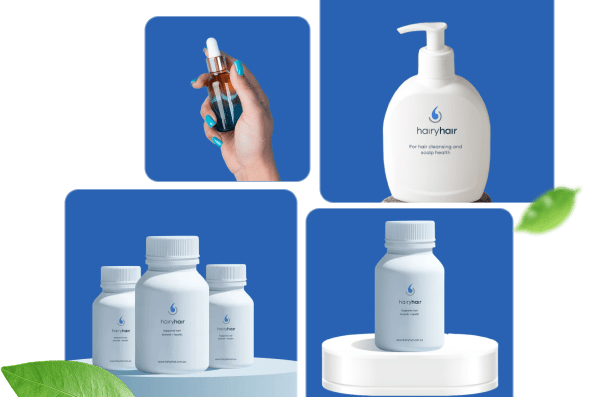

PRP vs Laser Therapy Hair Regrowth Comparison Summary
Treatment costs for PRP sessions are typically higher than LLLT sessions. If you’re looking to invest in an at-home LLLT device then it could offset the cost in the long term. Researchers are still trying to determine the best treatment time for LLLT with studies indicating that the recommended treatment time is between 6 and 12 months.
PRP treatments are less frequent and the results can be enjoyed for a longer period while LLLT results since they cause changes at a cellular level, are reversible and need to be maintained regularly.
Both treatments are relatively quick but PRP treatments are minimally invasive while LLLT sessions typically don’t cause any pain to the patient. LLLT sessions may be more accessible since at-home devices can be purchased online at different price ranges while PRP treatments need to be performed in a clinic which can be an issue depending on where you live.
User Guidance
LLLT may be more suitable for you if you’re looking for a non-invasive option. PRP treatments can be performed less regularly and results can be enjoyed for longer without requiring maintenance sessions.
PRP treatment can be combined with a range of other treatments while most studies into LLLT compatibility with other treatments have been limited to minoxidil.
At-home LLLT sessions may be suitable if you are at the early stages of hair loss while in-clinic PRP treatments can help to stimulate growth in more advanced forms of hair loss, particularly when combined with another treatment such as minoxidil, finasteride or microneedling.
Take Our Hair Loss Quiz to See Which Treatment Suits You?
Take A Hair Quiz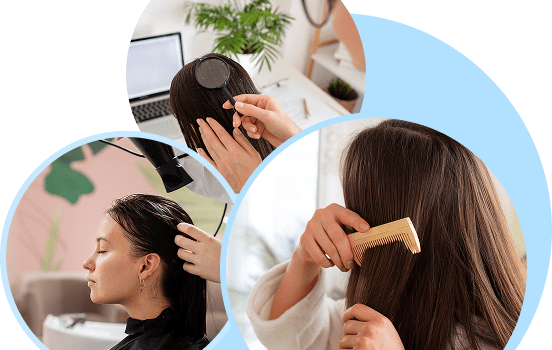

Frequently Asked Questions
We have put some commonly asked questions.
Nunc scelerisque tincidunt elit. Vestibulum non mi ipsum. Cras pretium suscipit tellus sit amet aliquet. Vestibulum maximus lacinia massa nontor.
Platelet-rich plasma (PRP) treatment involves drawing blood from the patient, isolating the beneficial nutrients and injecting it into the scalp where hair loss is occurring. This promotes hair growth and has many other applications from encouraging healing to skin rejuvenation.
Platelet-rich plasma (PRP) treatment involves drawing blood from the patient, isolating the beneficial nutrients and injecting it into the scalp where hair loss is occurring. This promotes hair growth and has many other applications from encouraging healing to skin rejuvenation.
Platelet-rich plasma (PRP) treatment involves drawing blood from the patient, isolating the beneficial nutrients and injecting it into the scalp where hair loss is occurring. This promotes hair growth and has many other applications from encouraging healing to skin rejuvenation.

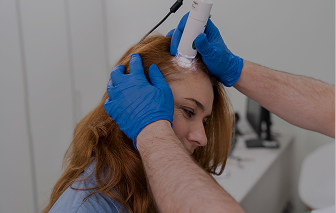



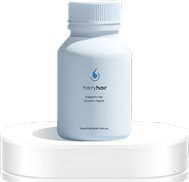
 See All
See All